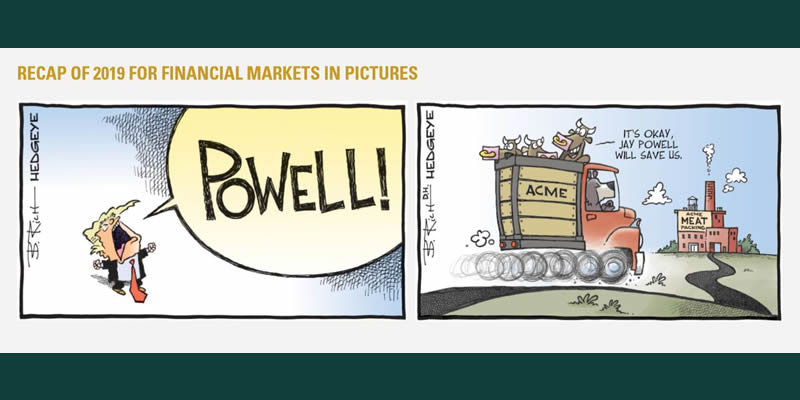
by Isaac Green | Feb 10, 2020 | Market Insights Alerts
As the secular bull market in long term treasury bonds approaches its 40th year, the consensus around falling interest rates has morphed from a shared opinion to an accepted reality. Reputations and fortunes have been made and lost by adherents and skeptics respectively.

by Tina Byles Williams | Jan 22, 2020 | Market Outlooks
During the second half of 2019, the late cycle bull market for financial risk assets sprinted to the finish line despite lackluster global growth. Global markets ended the year on a bullish note, with the U.S. S&P 500 climbing to another record close.

by Sumali Sanyal | Jan 14, 2020 | Market Insights Alerts
The US equity markets exhibit observable biases over time, alternately favoring one group of stocks over others: large cap vs. small cap; value vs. growth; defensive vs. dynamic; sector rotation, etc. We questioned whether there was a longer term benefit to favoring one group of stocks over the others.

by Tracy Cao | Dec 4, 2019 | Market Insights Alerts
China has a long history of pioneering revolutionary change in payments. Coins dating from at least 700 BC have now been found in China, making it the first place in the world (that we know of) to issue coins.

by Charles Curry Jr and Noel McElreath | Dec 2, 2019 | Market Insights Alerts
As central bankers around the world continue to lament the lack of helpful fiscal policy and discuss the limitations of monetary policy after years of ultra-accommodative policy, we discuss what we see as a few of the potential risks to the outlook should the United...
by Tina Byles Williams | Nov 12, 2019 | Webinars
Video and Webinar | Outlook...





